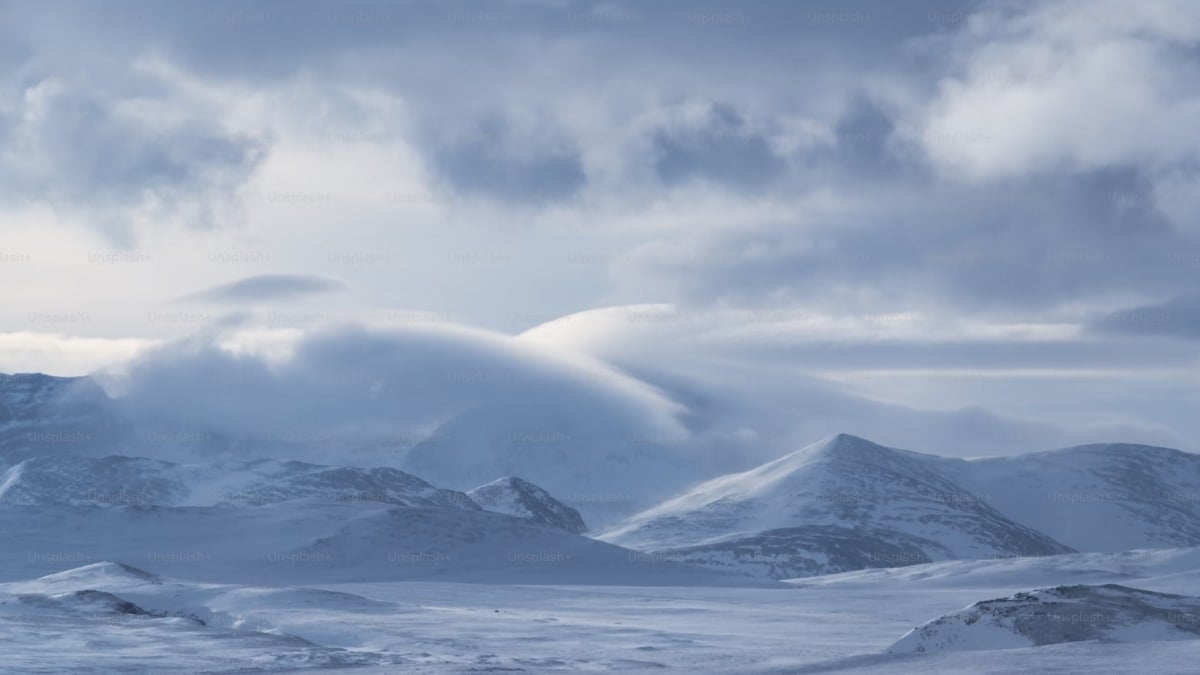Each year, a seasonal thinning of the ozone layer appears over Antarctica, a reminder of environmental damage done by industrial chemicals. However, 2024 has brought encouraging news, as this year's ozone depletion was smaller than in previous years, sparking optimism about the ongoing recovery of the atmosphere's protective layer. In recent monitoring from September to mid-October, scientists from NOAA and NASA observed that the ozone hole over Antarctica was the seventh smallest in recorded history.
Although still substantial in size, averaging around three times larger than the continental United States, it peaked at 8.5 million square miles on 28 September before beginning to contract.
As per a report by Earth.com, the Montreal Protocol, an international treaty ratified in 1992, has played a critical role in this improvement. By phasing out chlorofluorocarbons (CFCs), the treaty helped reduce chemicals that harm the ozone. This year's relatively smaller hole is a direct result of these efforts and a fortunate influx of ozone-rich air moving southward, replenishing the atmosphere over the Antarctic.
Decreased CFC Levels Brings Hope for Recovery
Dr Paul Newman, NASA's head of ozone research, noted that “the 2024 Antarctic ozone hole is smaller than those observed in the early 2000s, reflecting the gradual recovery that's been ongoing for two decades.” This positive trend underscores the impact of global cooperation to control ozone-depleting substances.
Despite this progress, scientists are cautious. Stephen Montzka of NOAA's Global Monitoring Laboratory highlights that recovery remains a slow process. CFCs still in the atmosphere will linger for decades before fully breaking down. Bryan Johnson, a research chemist at NOAA, pointed out that the 2024 ozone concentration reached a low of 109 Dobson units, significantly below 1979 levels of 225 units.
International Monitoring and Future Prospects
NASA and NOAA will continue tracking the ozone layer closely. They will use satellite instruments and weather balloons launched from Antarctic stations to measure the ozone levels. As existing CFCs slowly degrade, scientists anticipate steady improvements, aiming for a full restoration of the ozone layer by 2066.
































